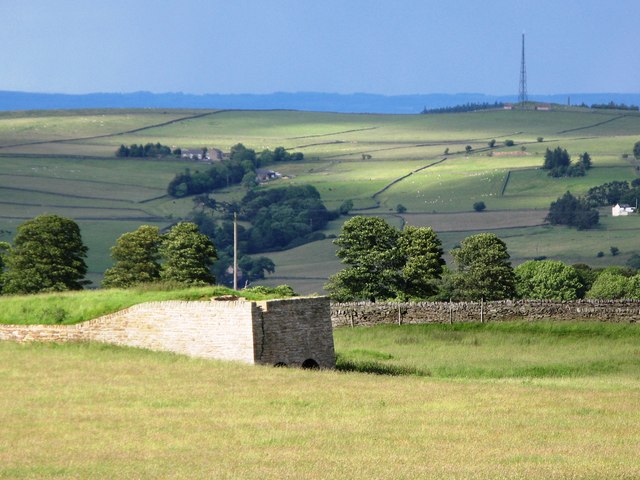Topics > Northumberland > Civil Parishes in Northumberland > Choppington Civil Parish
Choppington Civil Parish
About the Parish
Choppington Civil Parish is located on the south side of the River Wansbeck, over the river from Ashington. The parish was previously called North Bedlington Civil Parish, on account of being located to the north of Bedlington. The name of the civil parish was changed to Choppington, effective of 1st of July 2010.
| Settlements: | Choppington, Guide Post, West Sleekburn, Stakeford, and Bomarsund |
| Population: |
9,331 (2021 Census) 9,787 (2011 Census) 9,813 (2001 Census) |
| Area: | 13.1 km2 |
| Parish Council: | Choppington Parish Council |
| Unitary Authority: | Northumberland County Council |
Historical |
|
|
Ancient Township (in modern CP area) |
Townships became civil parishes in their own right in 1866 (see below). |
| Ancient Parish: |
Choppington was in Bedlington Parish (St. Cuthbert) Ancient parishes refer to the parishes before the split between ecclesiastical (church) and civil parishes in the 19th century. They had a parish church and often were composed of multiple townships and chapelries. In many cases, townships and parishes were originally based on the territory of manors from the feudal system during medieval times. Civil parishes were created following the Poor Law Amendment Act 1866, in which Church of England parishes, extra-parochial areas, townships and chapelries, became "civil parishes" which could set their own poor rate (tax). Then the reforms of Local Government Act 1894 established elected civil parish councils (or parish meetings for parishes with less than 300 residents) and created urban and rural districts. Boundaries of parishes and civil parishes may have changed over time. |
| Ancient District: |
Bedlington division |
| Poor Law Union: |
Morpeth Poor Law Union, formed in 1836. Morpeth Workhouse was located on Newgate Street in Morpeth. Under the Poor Law Amendment Act of 1834 parishes were grouped into Unions, each of which had to build a workhouse if they did not already have one. It ended the old system of locally provided poor relief which had come under strain as numbers out of work grew, following increasing mechanisation of agriculture and the economic downturn after the Napoleonic Wars, along with changing social attitudes. The workhouse provided those unable to support themselves financially with accommodation and work. Inmates were generally segregated into men, women, boys and girls. The workhouse system was abolished by the Local Government Act 1929, but many workhouses lived on as ‘Public Assistance Institutions’ until the National Assistance Act 1948. |
|
District Council: |
Bedlingtonshire Urban District, formed in 1894. The district was abolished in 1974, following the Local Government Act 1972. Wansbeck District from 1974 to 2009. Wansbeck District covered the area of 3 former urban districts (Ashington, Bedlingtonshire and Newbiggin-by-the-Sea). The district council was abolished when Northumberland became a unitary authority on the 1st of April 2009. |
|
County / Unitary Authority |
County Durham - up to 22nd October 1844. Northumberland - from 22nd October 1844 The ancient county of Northumberland was enlarged following the Counties (Detached Parts) Act 1844; Bedlingtonshire, Norhamshire, Islandshire, the Farne Islands and Monks' House all became part of Northumberland. Up to then they had been enclaves of County Durham. Northumberland County Council formed 1889. Major boundary changes came into effect on the 1st April 1974. This followed the Local Government Act 1972, which formed the non-metropolitan county of Northumberland. This excluded the City of Newcastle upon Tyne and North Tyneside, which up to then had been part of Northumberland, but now became part of the newly formed Tyne & Wear. Northumberland County Council became a unitary authority on the 1st of April 2009. |
See also: ![]() Historic Buildings and Monuments in Choppington Civil Parish. Note: listed buildings are generally the responsibility of the county council / unitary authority, rather than the parish council.
Historic Buildings and Monuments in Choppington Civil Parish. Note: listed buildings are generally the responsibility of the county council / unitary authority, rather than the parish council.
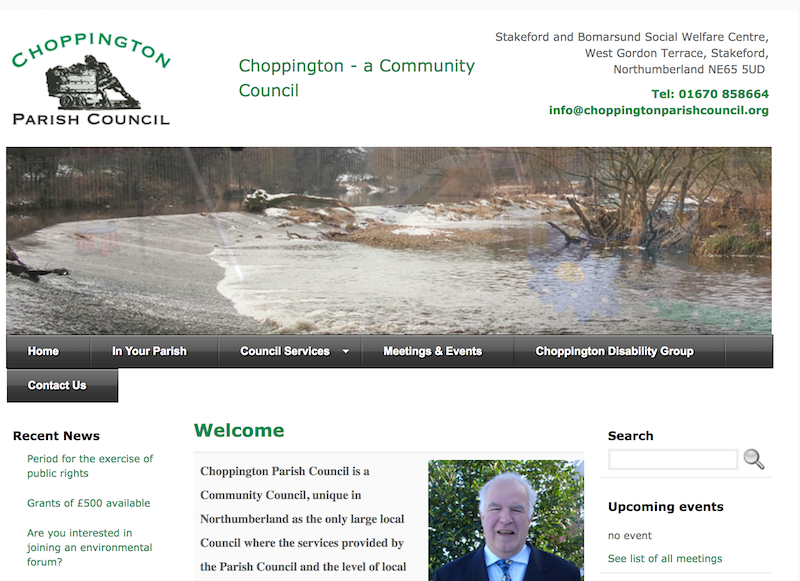
from http://www.choppingtonparishc…
Choppington Parish Council
- "Choppington Parish Council is a Community Council, unique in Northumberland as the only large local Council where the services provided by the Parish Council and the level of local taxation …
Added by
Simon Cotterill
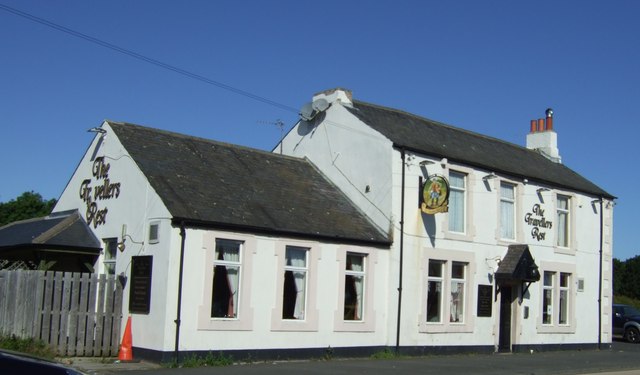
Co-Curate Page
Choppington
- Overview Map Street View CHOPPINGTON, a township, in the parish and division of Bedlington, union of Morpeth, county of Northumberland, 4 miles (E. by S.) from Morpeth; containing 167 inhabitants. …
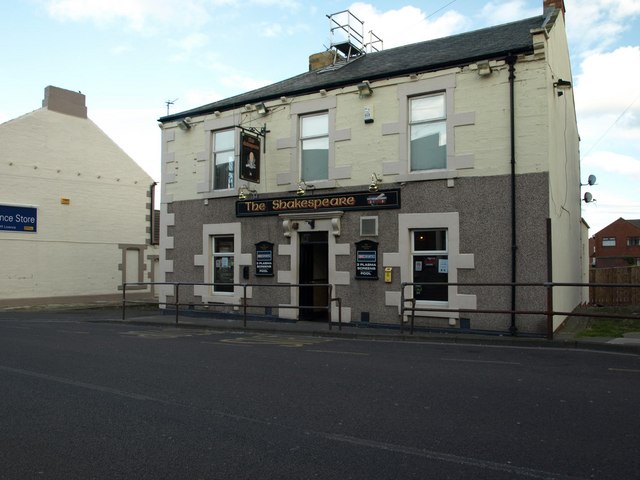
Co-Curate Page
Guide Post
- Overview About Guide Post Map Street View Guide Post is a village in south east Northumberland, England, about 17 miles (27 km) north of Newcastle upon Tyne. It lies …
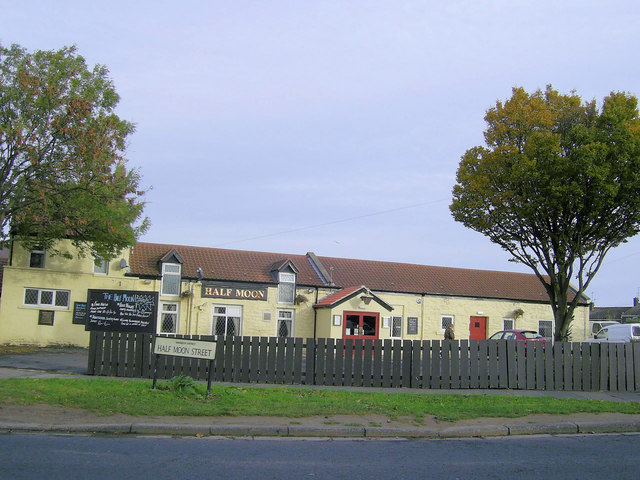
Co-Curate Page
Stakeford
- Overview About Stakeford Map Street View Stakeford is a village in Northumberland which lies across the River Wansbeck from Ashington. Stakeford is a village in south east Northumberland, England, about …
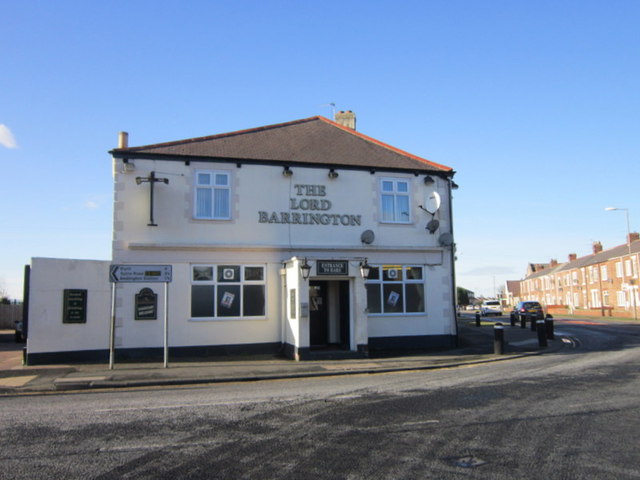
Co-Curate Page
West Sleekburn
- Overview Map Street View West Sleekburn is a village in Northumberland located on the south side of the River Wansbeck, opposite Ashington on the other side of the river. West …

Co-Curate Page
Bomarsund, Northumberland
- Overview About Bomarsund Map Street View Bomarsund is a village in Northumberland, located about ¼ mile south of Stakeford and 1½ miles north of Bedlington. Remains of ridge and furrow cultivation …


from http://www.choppingtonparishc…
Choppington Parish Council
- "Choppington Parish Council is a Community Council, unique in Northumberland as the only large local Council where the services provided by the Parish Council and the level of local taxation …
Added by
Simon Cotterill

Co-Curate Page
Choppington
- Overview Map Street View CHOPPINGTON, a township, in the parish and division of Bedlington, union of Morpeth, county of Northumberland, 4 miles (E. by S.) from Morpeth; containing 167 inhabitants. …

Co-Curate Page
Guide Post
- Overview About Guide Post Map Street View Guide Post is a village in south east Northumberland, England, about 17 miles (27 km) north of Newcastle upon Tyne. It lies …

Co-Curate Page
Stakeford
- Overview About Stakeford Map Street View Stakeford is a village in Northumberland which lies across the River Wansbeck from Ashington. Stakeford is a village in south east Northumberland, England, about …

Co-Curate Page
West Sleekburn
- Overview Map Street View West Sleekburn is a village in Northumberland located on the south side of the River Wansbeck, opposite Ashington on the other side of the river. West …






